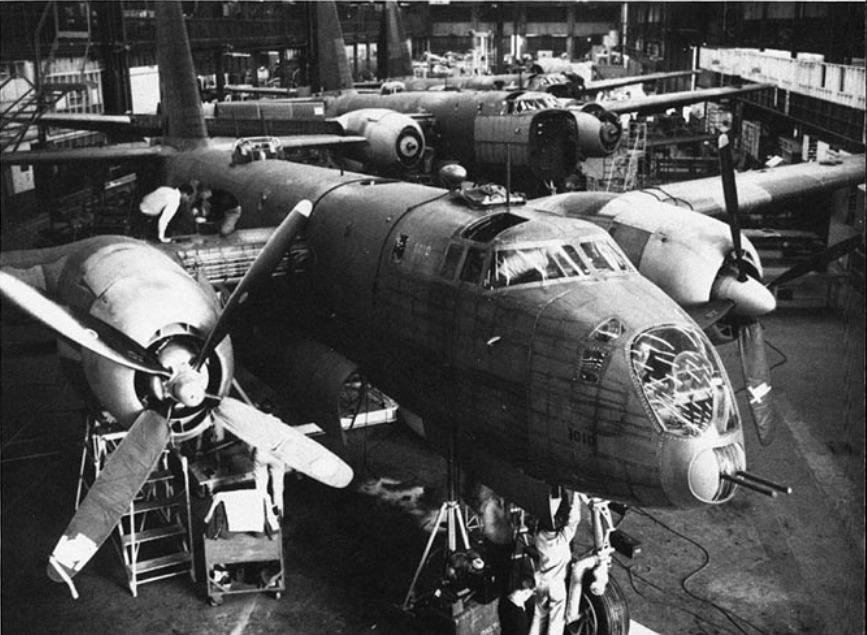History
The Lockheed P2V (later redesignated P-2) Neptune was developed as a land-based maritime patrol and anti-submarine warfare aircraft to replace the Navy’s aging Ventura and Harpoon series. Development began on December 6, 1941, though it remained a low-priority project during the war. On February 19, 1943, the Navy ordered two XP2V-1 prototypes, with a production contract awarded in April 1944. The prototype first flew on May 17, 1945, and production began in 1946.
The first production model, the P2V-1 (Model 26), introduced several refinements over the prototype. It retained the R-3350-8 engines with four-bladed propellers, but featured an enlarged radome, improved aerodynamics, and a lower-profile dorsal turret to reduce drag. Unlike its prototype, it was also fitted with underwing hardpoints, capable of carrying up to sixteen 5-inch HVAR rockets or four 11.75-inch Tiny Tim rockets, in addition to bombs and torpedoes.
Only 15 P2V-1s were produced, all delivered by May 1947. The first entered service with Patrol Squadron VPML-2 at NAS Miramar on March 13, 1947, where the Neptune name was officially adopted. Crews praised the aircraft for its smooth handling, excellent climb performance, and long-range endurance, crucial traits for maritime patrol missions. The P2V-1 could even remain airborne on a single engine with optimal flight characteristics.
The third production Neptune, BuNo 89082, gained fame as the “Truculent Turtle” (or simply “The Turtle”) for setting a world distance record in unrefueled flight. Modified by Lockheed with wingtip tanks and stripped of armament to maximize fuel capacity, the aircraft departed Perth, Australia, on September 29, 1946, bound for Washington, D.C.
Despite severe headwinds and icing, it flew 11,236 miles in 55 hours and 17 minutes, landing in Columbus, Ohio, after being forced to divert. This feat stood as the world’s longest unrefueled flight until 1962, when a SAC B-52H broke the record. Today, you can visit the “Truculent Turtle” at the National Naval Aviation Museum in Pensacola, Florida.







